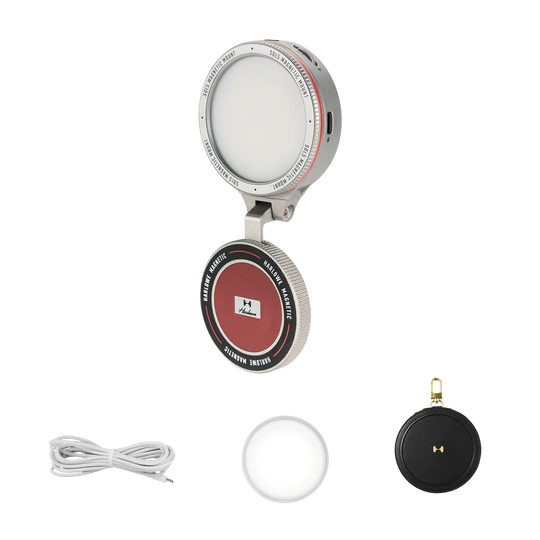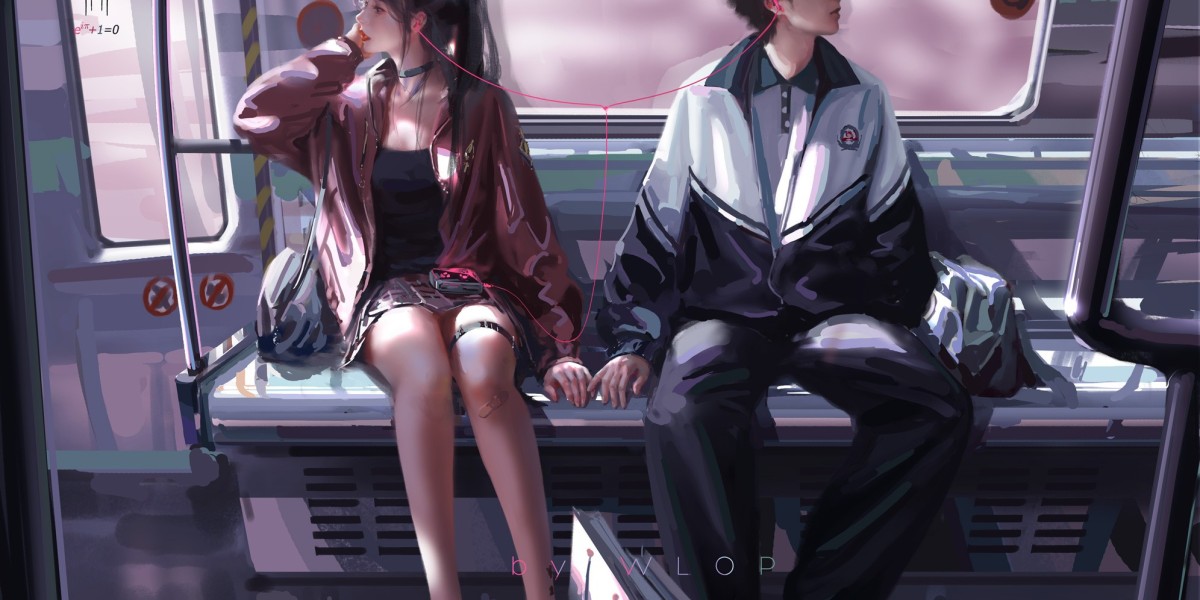Unlock Your Creative Potential: Discover the Perfect Lighting for Stunning Content!
When it comes to content creation, lighting is one of the most crucial elements that can make or break your work. Whether you're shooting videos for social media, creating tutorials, or capturing stunning photographs, the quality of your lighting can significantly enhance the visual appeal of your content. Good lighting not only improves the clarity and detail of your visuals but also sets the mood and tone, helping to engage your audience more effectively. In this article, we will guide you through the essentials of selecting the right lighting equipment, ensuring that your content stands out in an increasingly crowded digital landscape.

The Fundamentals of Lighting for Content Creation
Understanding the different types of lighting is essential for any content creator. Natural lighting, for instance, can provide a soft and flattering look, perfect for lifestyle videos or outdoor photography. However, it can be unpredictable and is subject to changes in weather and time of day. On the other hand, artificial lighting allows for greater control over your environment. This includes various types of lights, such as incandescent, fluorescent, and LED. Each type serves a different purpose—incandescent lights are warm and inviting, while fluorescent lights can create a harsher tone. The key is to find the right balance and combination that enhances your content's mood, tone, and clarity, ensuring that your audience remains captivated.
Types of Lighting Equipment
There are several types of lighting equipment that are particularly beneficial for content creators. Softboxes are a popular choice as they diffuse light, creating a soft and even glow that is perfect for portraits and close-ups. Ring lights, on the other hand, are favored by beauty and makeup influencers for their ability to eliminate shadows and create a captivating catchlight in the eyes. LED panels have gained popularity due to their versatility and adjustable brightness levels, making them suitable for a wide range of content formats. Each type of lighting equipment has its pros and cons; for instance, while softboxes may require more space, ring lights are often more portable but may not provide the same warmth. It's essential to evaluate your specific needs and content style when choosing your lighting gear.
Key Features to Consider When Choosing Lighting
When selecting lighting equipment, several key features should be taken into account. Brightness, measured in lumens, is crucial; higher lumens mean brighter light, which can be essential for darker environments. Color temperature, measured in Kelvin, affects the warmth or coolness of the light—typically, a lower Kelvin number indicates a warm light, while a higher number indicates a cooler light. Portability is also an important feature, especially for creators who shoot on location. Lastly, consider the power source; some lights are battery-operated while others need an AC outlet. Each of these features can significantly impact your experience and the quality of your final content, so choose wisely based on your specific requirements.
Lighting Setups for Different Content Types
Different types of content require different lighting setups. For vlogs, a three-point lighting setup is often recommended, consisting of a key light, fill light, and backlight to create depth and dimension. In tutorial videos, positioning the light at a 45-degree angle can help eliminate shadows on the subject's face, making it easier for viewers to see demonstrations clearly. For photoshoots, a softbox positioned in front of the subject can create a flattering light, while a ring light can be placed directly in front for a dramatic effect. Understanding how to position your lights based on the content format can take your work to the next level and ensure optimal results.
Enhancing Your Content Through Lighting
In summary, lighting is an integral aspect of content creation that can dramatically affect the quality and engagement of your work. By understanding the fundamentals of lighting, exploring various types of equipment, considering key features, and implementing appropriate setups for different content types, you can elevate your content to new heights. Don’t be afraid to experiment with different lighting styles and techniques to discover what works best for you. The right lighting can unlock your creative potential and help you create stunning content that resonates with your audience.








